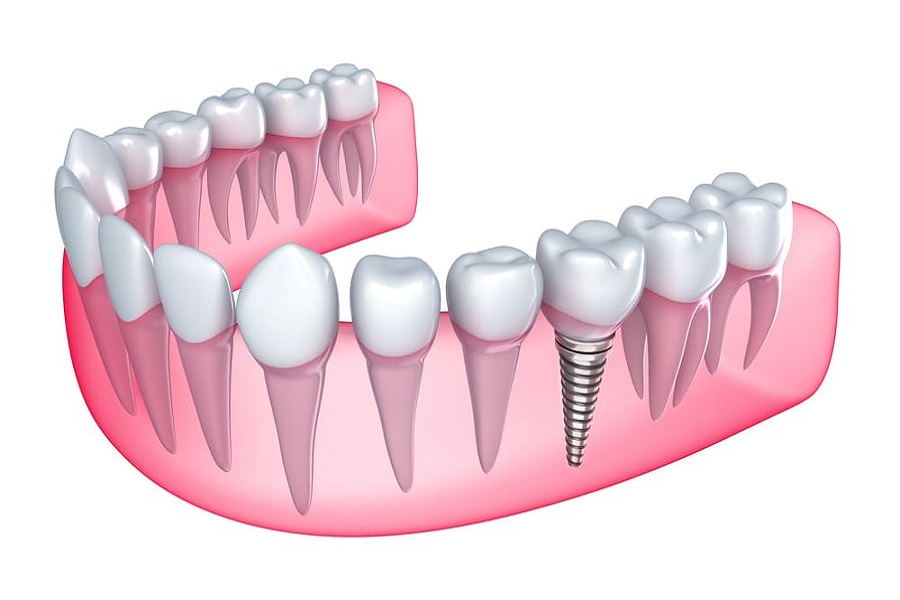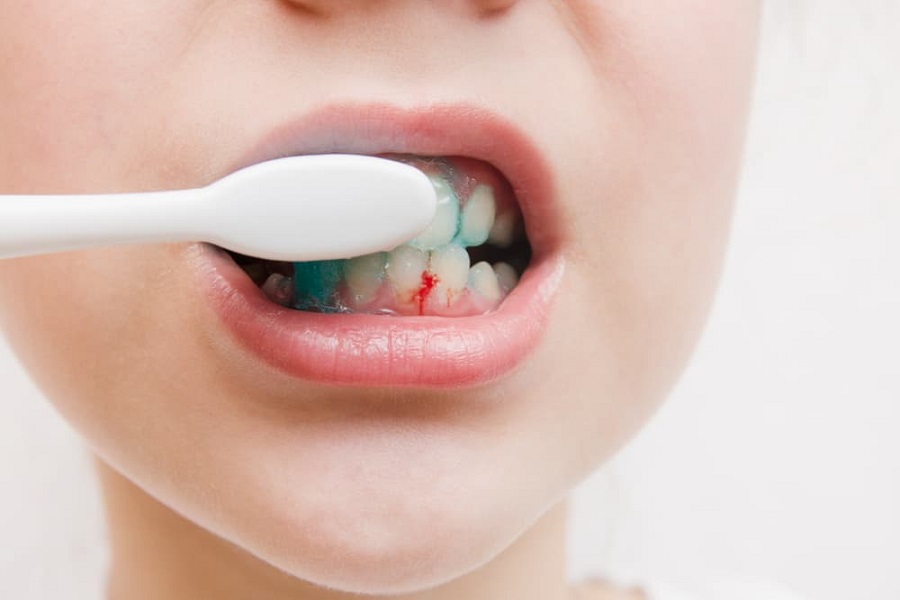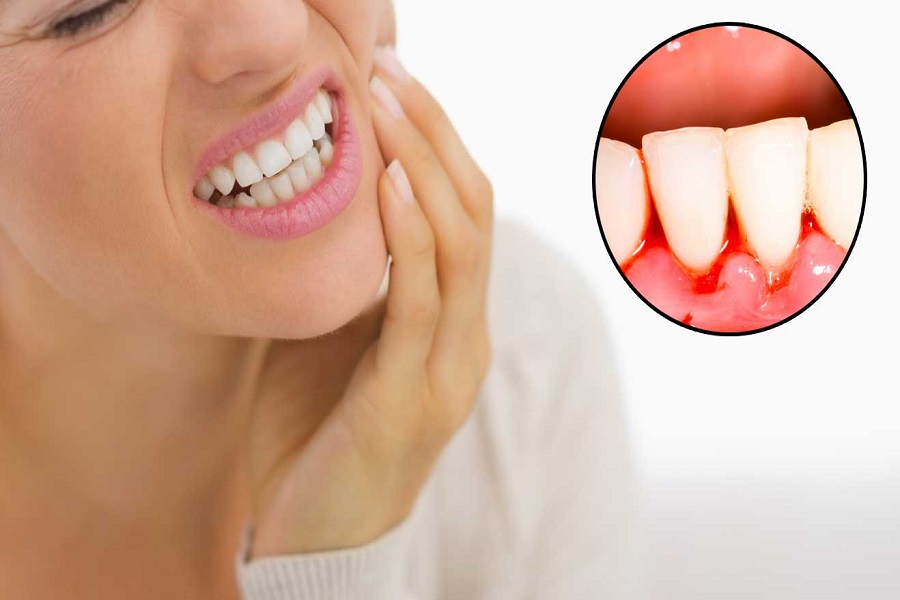The classic straight wire arch aligner is a new type of orthodontic appliance derived from the square wire arch orthodontist introduced by American orthodontist Lawrence Andrews in 1970. Strictly speaking, it is the Andrews orthodontic appliance produced by American “A” company. The brand name is not a classification of orthodontic appliances, but due to the obvious inherent advantages of this orthodontic appliance, it has attracted many orthodontic material manufacturers in the United States to produce similar orthodontic appliances. Due to the limitation of patents, these manufacturers cannot completely copy The straight wire orthodontic appliance produced by “A” company can only imitate 1-4 of the 8 main features of the Andrews straight wire orthodontic appliance. Physicians do not strictly distinguish between partially procedural aligners and fully procedural aligners, but collectively refer to brackets with three sequences of curvature in all grooves as straight wire aligners. On the surface, there is not much difference between the two. Taking the torque angle of the groove as one of the main differences as an example, the torque angle of the fully programmed straight wire bracket is reflected by the inclination of the bracket bottom, while the partially programmed The torque angle of the straight wire bracket is made in the bracket body, although for a single tooth, both can correct the tooth to the target angle, but for a full dental arch, if the partially programmed bracket is ideal The midpoint of the longitudinal axis of the clinical crown, lip, and buccal surface of all teeth of the dental arch is positioned, the gingival height of the groove varies with the inclination of the crown, and cannot be guaranteed to be on the same straight line level. The advantage of using a straight wire arch is also cannot be fully represented.
The most important theoretical basis of the straight wire arch is Andrews’ best natural six standards, which have clear expectations for the mesio-distal, buccolingual and gingival angles and positions of all teeth in the entire dental arch as the treatment goals. As a result, all non-fully programmed straight wire aligners require more wire adjustment to achieve the best six criteria. Strictly speaking, there is no straight wire orthosis produced by a domestic company that can be called “completely programmed straight wire orthosis”. Another meaning of complete programming is that the design determines the type of aligner and how to use it. Shortly after Andrews launched the classic straight wire aligner, he has successively launched a series of brackets designed for different tooth movement types and movements. The type of malocclusion, the degree of crowding and the anchorage requirements of the patient are selected to suit the specific patient, and different elastic tractions are used for tooth extraction cases to achieve the goal of moving the teeth as a whole by the sliding method. However, this method of series aligners greatly increases the material inventory of orthodontic clinics, which limits the promotion of Andrews straight wire arches.
Ronald Roth is an advocate of orthodontic function theory and the first beneficiary of Andrews’ classic straight wire aligners. After several years of experience with straight wire arches, Roth was pleasantly surprised to find that Andrews was designed with the best natural six criteria as the goal. Straight wire aligners are the best tool for achieving orthodontic functional standards. But Roth could not accept Andrews’ method of multiple sets of brackets, but wanted to solve most wrong types with one bracket, so he cooperated with “A” company to modify the mold for producing Andrews brackets, resulting in a A set of straight wire aligners that fit his approach, officially launched in 1976, what Roth calls Roth Data’s Andrews straight wire aligners, which feature an increase in all teeth that may need to be moved. Anti-tilt, anti-torsion angle, and emphasis on over-correction are similar to Andrews’ tooth extraction bracket series, but Roth believes that Andrews’ sliding method consumes more anchorage to move teeth as a whole, so the conventional traction arm on Andrews tooth extraction series brackets is removed. The double key hole loop arch adduction method was used instead as the main means to close the extraction gap. From the requirements of orthodontic function, Roth also recommends the use of a uniform wide circular arch wire shape. Roth is a unified set of straight wire arch aligners and a bow-shaped approach, which meets the simple and practical principle and greatly promotes the promotion of straight wire arch orthotics. The most widely used straight wire orthosis in the world.
Similar to Roth’s starting point, but with a different approach, the MBT straight wire orthosis system is the latest straight wire orthosis that came out in the late 1990s. One of the main inventors, Dr. Richard Mclaughlin, has worked in the Andrews clinic for seven years. After more than 20 years of clinical exploration, he and another user of Andrews’ classic straight wire arch aligner, Dr. John Bennett from the United Kingdom, launched the straight wire arch of McLaughl/Bennett data from “A” company in the 1990s. The orthosis, once translated as “sliding straight wire orthosis” in China, is not very precise, but reflects the mechanical characteristics of this orthodontic technique. After several years of use, Dr. Mclaughlin and Dr. Bennett constantly summed up their experience, combined with the opinions of Brazilian orthodontist Hugo Trevisi, and officially launched the MBT (Mclaughlin Bennett Trevisi) straight wire bow straightener from 3M in 1997. The bracket design has the following Features:
1. Reduce the mesio-distal inclination of the anterior teeth, especially the canine alveolar groove of the classic straight wire aligner. The inclination of the grooves designed in Andrews’ classic straight wire arch is larger than the ideal natural inclination, because Andrews believes that the coronal-labial torque of the anterior teeth will reduce the coronal mesial inclination of the anterior teeth, while Roth Straight wire arches place more emphasis on overcorrection and therefore have the greatest inclination. Since the designers of MBT emphasized continuous light force, the canines rarely tilted distally, so the anti-tilt angle was hardly needed. This bracket angle design of MBT significantly reduced the anchorage burden of the posterior teeth.
2.Reduce the mesiodistal inclination of the upper posterior teeth.
The design of the upper posterior alveolar groove of MBT tends to dry upright upper posterior teeth, similar to the dry Roth straight wire arch, that is, to reduce the mesial inclination of the upper posterior teeth, thereby helping to preserve the anchorage of the upper posterior teeth.
3. Keep the inclination of the lower posterior teeth unchanged.
MBT tended to dry and kept all lower posterior teeth with a mesial inclination of 2o, which was helpful for the transition from class II posterior teeth to class I posterior teeth.
4. Iincrease the torque of the upper incisor and reduce the torque of the lower incisor.
The designers of MBT found that the square wire arch aligner only relies on the contact between the square wire arm of less than 1mm and the groove to generate torque force, so the torque control ability of the anterior teeth is poor, and the anterior teeth are retracted and moved upward. When the upper incisor is too erect, the lower incisor often appears labial inclination when leveling Spee’s curve and de-crowding. Therefore, MBT designed a larger upper incisor crown labial torque and lower incisor. Crown tongue torque.
5. Maintain the torque of the upper canines and premolars and increase the torque of the upper molars.
The designers of MBT found in the practice of using classic straight wire aligners that the 7o torque of the upper canines and premolars is suitable for most cases, but the upper molars often show excessive coronobuccal orientation during the treatment. The result is that the tongue tip of the upper molar sags, causing the interference of the median relationship, the balance side and the working side. Therefore, the upper molar torque of the MBT aligner increases. 6. Reduce the torque of the lower canine and posterior teeth.
6. The reasons for the significant decrease in the lingual torque of the lower posterior crowns of MBT are as follows:
① Gingival recession often occurs in the lower canines and premolars. Reducing the coronal lingual torque can help maintain the center of the alveolar process at the root, thereby contributing to the health of the periodontal tissue.
② There are many cases with narrow upper dental arch, the lower posterior teeth tend to be dry and lingual, and the lower posterior teeth often need to be erected buccally.
③ lower second molar. 35o torque often results in lingual tipping of the lower second molars.
7. Thickness of bracket bottom plate.
The base plate design of the classic straight wire brackets fits the vast majority of cases, the only change in MBT is the addition of 0.5mm to the base plate of the upper second premolars, as they found that the upper second premolars are usually thicker than the first premolars This change helps to establish a better cusp occlusal relationship between the upper and lower premolar regions. However, if the upper first and second premolars are the same size, the upper first premolar bracket can be used instead of the upper second premolar bracket.
As a new generation of straight wire orthodontics, after 25 years of development, MBT appliance has formed its unique high-efficiency straight wire orthodontic system that moves teeth with continuous light force sliding. The improvement is mainly reflected in the improvement of straight wire brackets, a variety of preformed arches, new bracket positioning technology, simplified archwire sequence, effective anchorage control means, precise individual tooth adjustment, concise and clear diagnostic technology and visual Tooth movement planning, control and ankle position, etc.































